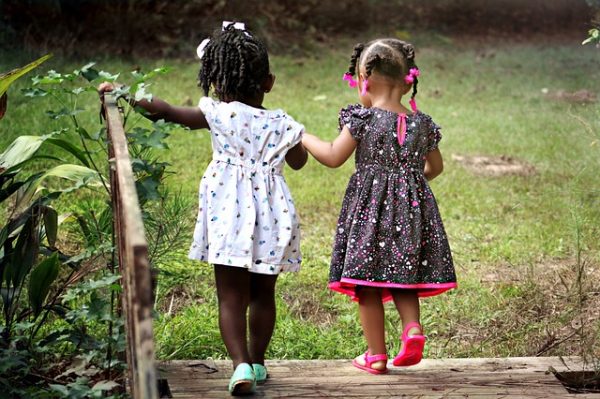Elementary school kids exposed to more green spaces in their schools or directly outside their schools displayed improved mental health, according to a study published in the Proceedings of the National Academy of Sciences.
Previously, a six-year study has shown that students from 905 Massachusetts public elementary schools had higher scores on standardized tests in English and Math when there were more green spaces in their school facilities.
About 2,500 children in second, third and fourth grade at 36 primary schools in Barcelona, Spain were observed in the new study. The students were given computerised tests that measure their cognitive functions including working memory and attentiveness. The green spaces inside and outside the school were also measured.
The results of the study showed that children exposed to more green spaces displayed an improvement of five percent in their working memory. A type of short-term memory, the working memory is critical for learning, reasoning, and comprehension. Moreover, their inattentiveness slightly decreased.
Green Spaces Increase Physical Activity
Physical activities such as outdoor play, which are increased if there are more green spaces, are known to improve a child’s cognitive performance.

“Natural environments including green spaces provide children with unique opportunities such as inciting engagement, risk taking, discovery, creativity, mastery and control, strengthening sense of self, inspiring basic emotional states including sense of wonder, and enhancing psychological restoration,” said the study’s author.
Aside from improving children’s physical health, adventurous outdoor play improves their creativity, resilience, as well as social skills.
According to Richard Louv, co-founder of the Children & Nature Network, children who aren’t given enough time to explore the outdoors suffer from “nature deficit disorder”, a term coined by Louv to refer to the costs of being alienated to nature.
“In the coming years, young people will discover or create fulfilling careers in the fields and professions that connect people to nature; they will become biophilic architects and urban designers, nature therapists, natural play organizers and natural teachers — and assume careers that have yet to be named,” Louv explained.





